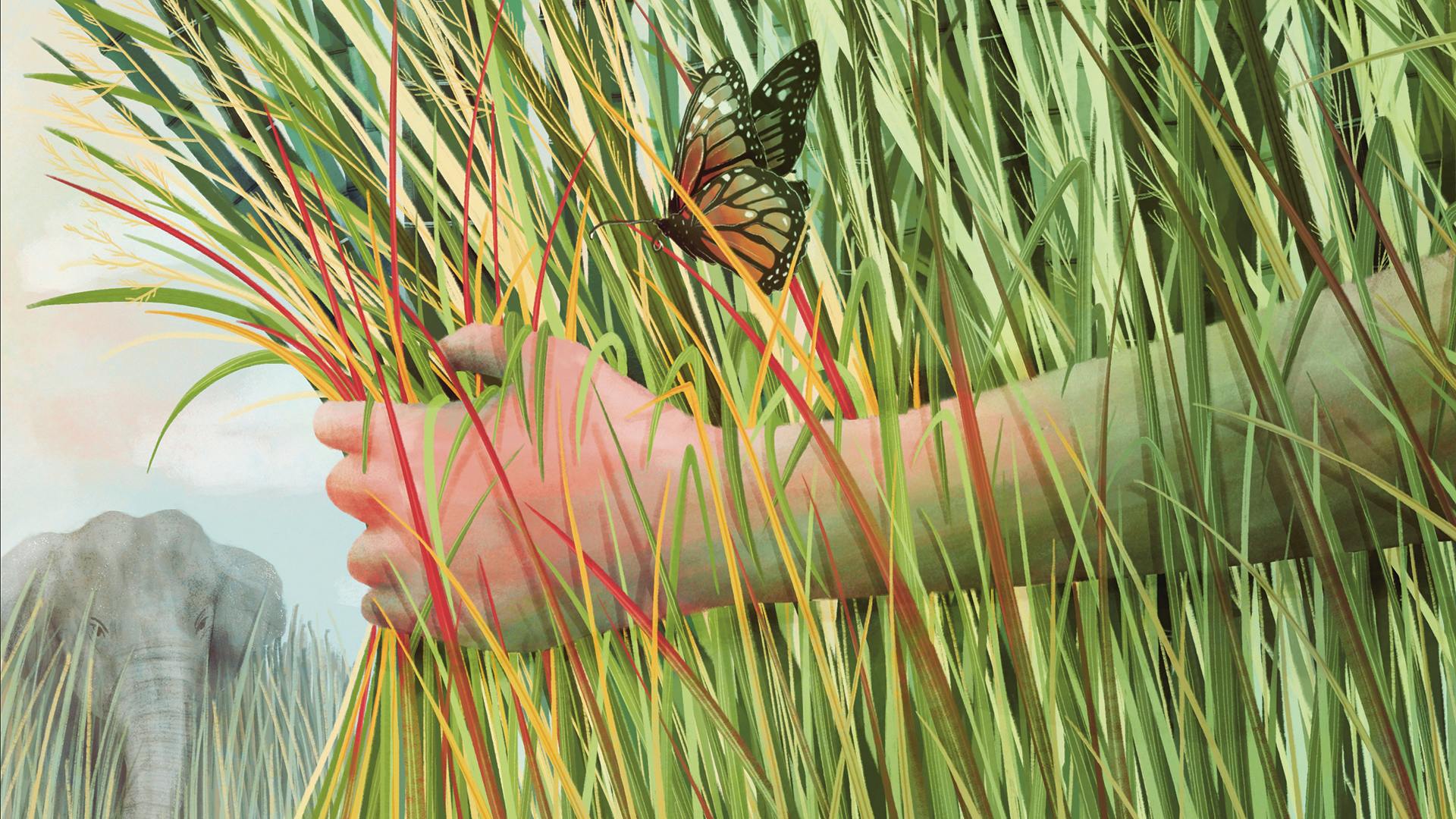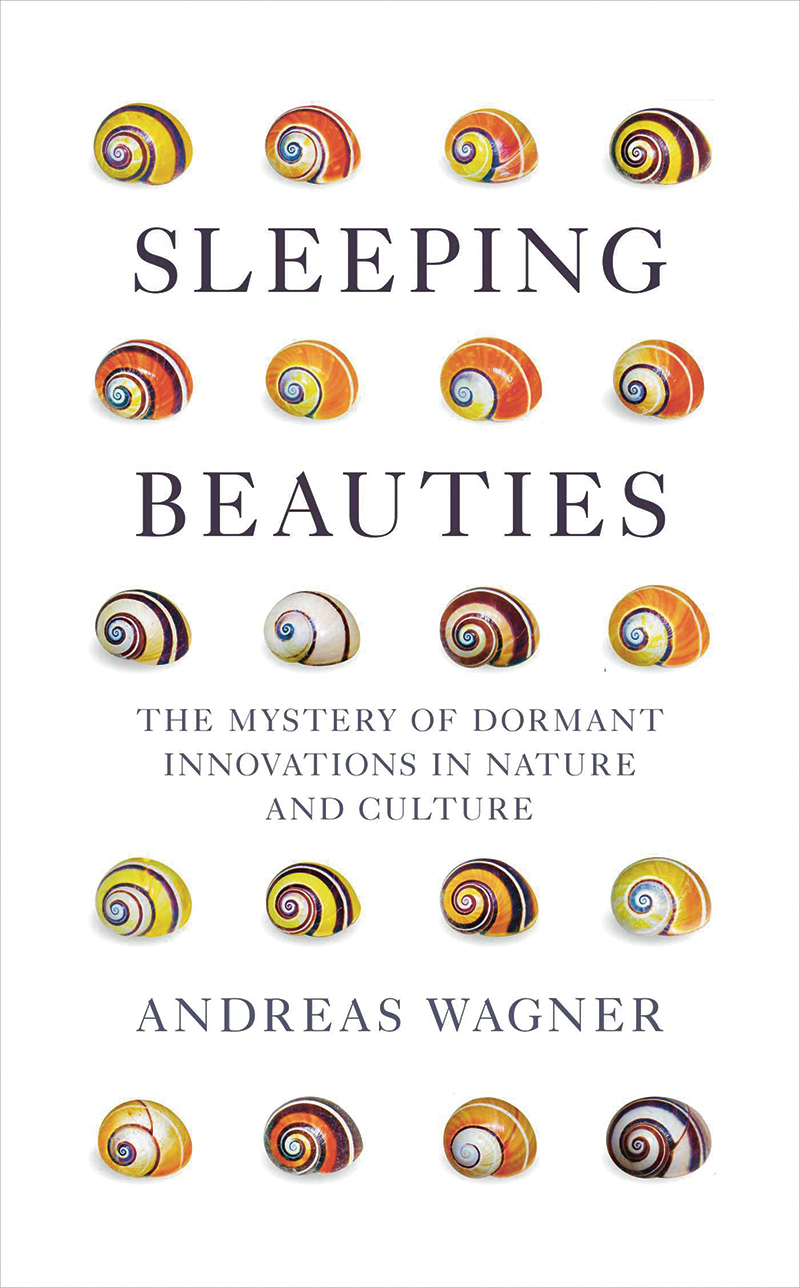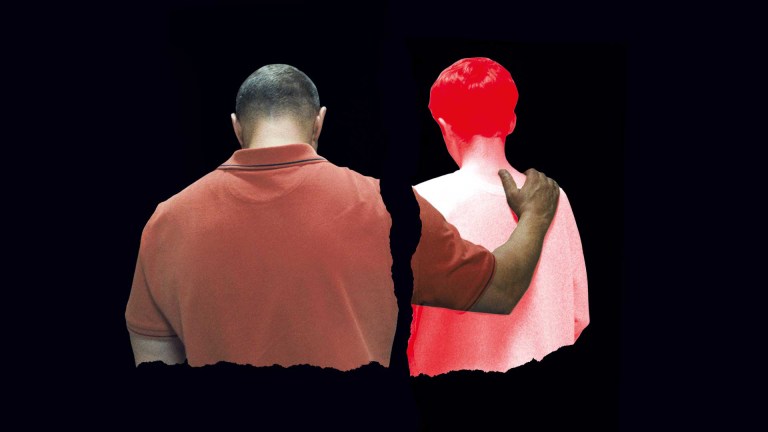Quick, what are the most successful organisms on planet Earth? Apex predators like tigers and great white sharks spring to mind. Some people will name birds, insects, bacteria, or even those seemingly indestructible cockroaches. But few people will mention a family of plants right up there with the best: grasses. Yes, humble grasses. They meet at least two criteria for spectacular success. The first is abundance. Grasses cover the North American prairies, the African savannahs, the Eurasian steppes and countless other lands. The Eurasian steppes alone span 8,000km, grasses waving in the wind from the Caucasus all the way to the Pacific. A second criterion is the number and diversity of species. Since the time grasses originated in life’s evolution, they have evolved into no fewer than 10,000 species in an astonishing variety of forms, from centimetre-high tufts of hair grass adapted to the freezing cold of Antarctica, to the towering grasses of northern India that can hide entire elephant herds, and to Asian bamboo forests, with ‘trees’ that grow 30 metres tall.
But grasses weren’t always so spectacularly successful. For tens of millions of years – most of their evolutionary history – grasses barely eked out a living. They failed to flourish by any standard. The origin of grasses dates back to the age of dinosaurs, more than 65 million years ago. But for many millions of years their fossils are so rare that they cannot possibly have been abundant. And they did not become today’s dominant species until less than 25 million years ago, more than 40 million years after their origin.
Your support changes lives. Find out how you can help us help more people by signing up for a subscription
Why did grasses have to wait 40 million years for their proverbial spot in the sun? Grasses are not unique in this way. They are among myriad new life forms whose success – measured in abundance or diversity of species – was mysteriously delayed for millions of years. The first ants, for example, appear on the scene 140 million years ago. However, ants did not begin to branch into today’s more than 11,000 species until 40 million years later. And a family of salt-water clams had to wait for a whopping 350 million years before it hit the big time, diversifying into 500 species.
These and many other new life forms remained dormant before succeeding explosively. They are the sleeping beauties of biological evolution. They fascinate me no end, because they cast doubt on the truths about success and failure that we hold self-evident. And these doubts apply not just to the innovations of nature but also to those of human culture, where many technological breakthroughs and artistic revolutions started out as sleeping beauties. They include technologies like radar – discovered, forgotten, and then rediscovered – neglected scientific bombshells like Gregor Mendel’s genetic laws of inheritance and artistic works like Vermeer’s painting Girl with a Pearl Earring, which languished in obscurity for over a century.
- Reforestation is a battle for nature, not a battle for us
- This is Pleistocene Park, Siberia’s mammoth scheme to cool the planet and save us all
- Protecting bees isn’t a trend but proof that nature is for everyone
I am a biologist and my life’s aspiration is to understand how biological evolution creates new solutions to life’s problems. I want to understand how nature creates. We are blessed to live in a time where this distant goal is closer than ever. And what I learned applies to both nature and culture.











